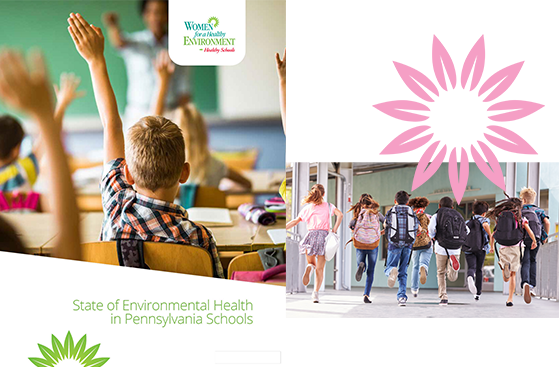Everyone has a role to play in creating healthy, safe and sustainable learning environments for children. Healthy Schools provides tools, guides and other resources to bridge communities with their schools and effectively create an advocacy network capable of bringing about social and policy change throughout the school system.
Request a Consultation
Does your early learning team need professional development (PD) hours? Request a training or professional development opportunity for your school or staff. Complete this form to learn more about PD opportunities.

Professional Development Hub
A dedicated space for teachers and school staff committed to creating safe, healthy environments for students.
Our sessions offer practical strategies that you can apply in your school and often provide continuing education credits, recognizing your ongoing professional growth.
State of the Schools Report
In order to gain a better understanding of environmental health hazards facing the more than 330,000 students enrolled in public school districts Women for a Healthy Environment embarked on an extensive information gathering mission.


Environmental Hazard Map
The Environmental Hazards Map is essential for advancing environmental justice, as many of these hazards disproportionately affect marginalized communities.
Historically, schools in lower-income areas and communities of color face a greater burden of environmental risks, leading to disparities in health and education. By making this information accessible, the map helps highlight inequities and supports advocacy for healthier, more equitable learning environments for all children.
The map helps identify potential environmental risks around public schools in Southwestern Pennsylvania. It highlights air emission sources, gas wells, mining operations, and active rail lines within a one-mile radius of school buildings. Covering ten counties, this map provides crucial context for over 336,000 children attending 674 public schools.
Using data from the PA Department of Environmental Protection, the PAMAP program, and the Environmental Protection Agency, the map offers insights to help schools, families, and communities understand nearby environmental hazards. This ensures safer learning environments for all.
